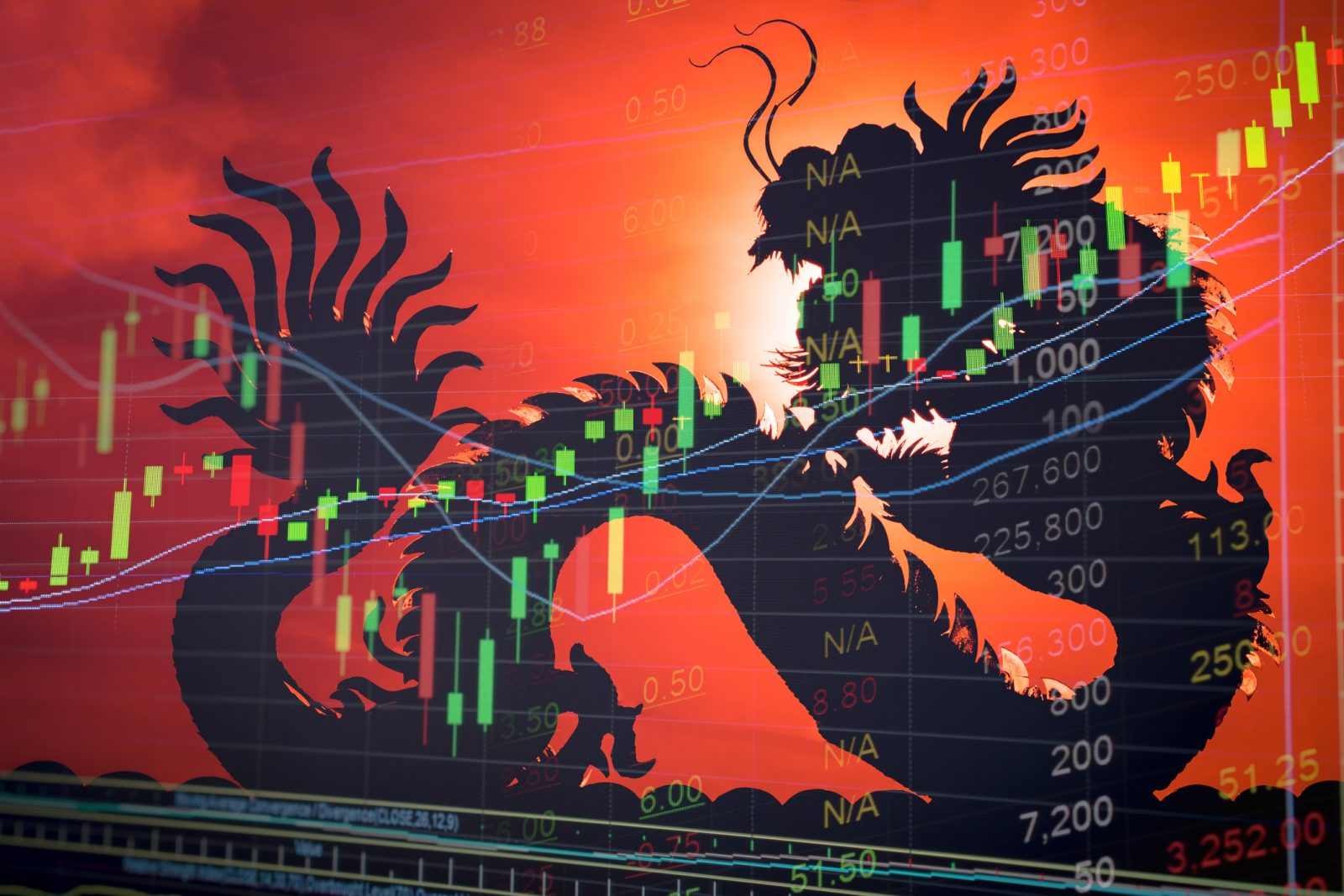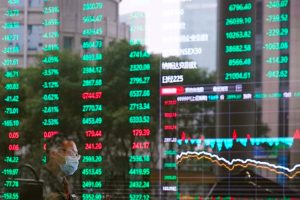(ATF) With investors struggling to find much-needed yield for their portfolios, we believe a strong opportunity remains within emerging market local bonds. The yields on offer from a number of EM local bond markets are among the highest currently available in fixed income, while EM currencies are attractively valued and look set to benefit from the US dollar cycle potentially turning.
Below, I identify five factors that we believe support the case for this asset class that Asian investors could sometimes overlook.
Compelling valuations in EM currencies
EM currencies look attractive. The multi-year US dollar bull run has driven developing currency values down significantly – indeed, according to T Rowe Price’s internal research model, EM currencies as an asset class were potentially as much as 18% undervalued against the US dollar at the end of September.
This is significant and suggests that there is ample room for EM currencies to appreciate against the dollar over the medium term. For this to happen, however, there will need to be a catalyst for US dollar weakening – and we believe that catalyst is here.
Dollar weakness a potential game changer
The US dollar appears to be at a key inflection point. Several indicators, including an ultra-easy Federal Reserve, large internal and external imbalances, and the likelihood of a slow and volatile US economic recovery, point to dollar weakness ahead. Such a scenario could see EM currencies finally turn the tide and start to appreciate against the dollar – and, as T Rowe Price’s research shows, there is some way to go before EM currencies even reach our estimates of fair value.
For EM local bonds, currency appreciation is also beneficial. Why? The return of EM local bonds is composed of three parts: an interest return component, a price return component, and an FX return component. When EM currencies strengthen against the US dollar, that last factor will contribute positively to performance and typically will drive gains and flows into the asset class.
A rare find when it comes to yield
For investors, EM local debt offers an increasingly rare source of positive income in the fixed income space. Currently, there is more than $16 trillion of negatively yielding developed market debt. At the end of October, the average nominal and real (inflation-adjusted) yields on developed market sovereigns were just 0.9% and -1.4% respectively; by comparison, the average nominal and real yields on EM bonds were 4.5% and 0.6%.
With major central banks expected to keep accommodative policies in place for some time, that picture is unlikely to materially change anytime soon. Against this backdrop, securing yield is likely to become increasingly important.
Attractive duration profile
It is not just a yield story. The lower-duration characteristics of EM local are also more favorable than developed markets, where the maturity of outstanding debt is longer.
Why is this an attractive feature? Because the longer the duration, the greater the level of potential volatility and sensitivity to changes in interest rate rises. At the end of October, the average duration in EM local bonds was 5.3 years compared with an average of 7.1 years for US Treasuries and 8.6 years for German bunds.
Room to absorb investor inflows
EM local bonds are still in recovery mode from the March sell-off. Investor outflows have not yet been fully recouped, in contrast to EM hard currency corporates and EM hard currency sovereigns, which have recovered more substantively. This means that there is still ample room to absorb investor inflows – and given that the asset class has been relatively under-invested for several years, there is some way to go before concerns emerge about excess inflows or a potential price bubble forms.
Taking these five factors into account, we believe the case for EM local bonds is very compelling. We believe it is much more than just an attractive yield story – the sector’s duration profile and the potential to gain from EM currencies appreciating are also supportive.
But it is important to take a long-term view because, like most risk assets, EM local bonds are vulnerable during periods of risk aversion. For now, though, the path ahead for risk assets looks a bit smoother with the US election risk out of the way and progress being made on a vaccine for the coronavirus.
Within Asian EM local bonds, we favour China, India and Indonesia.
With the inclusion of Chinese bonds in the major bond indices, the market is gathering momentum in terms of foreign investors’ interest, and with the low volatility of the renminbi, could potentially offer a very attractive risk adjusted yield. With the regional economic recovery under way and inflation broadly under control we believe high yielders should do well and their currencies be well supported.






















